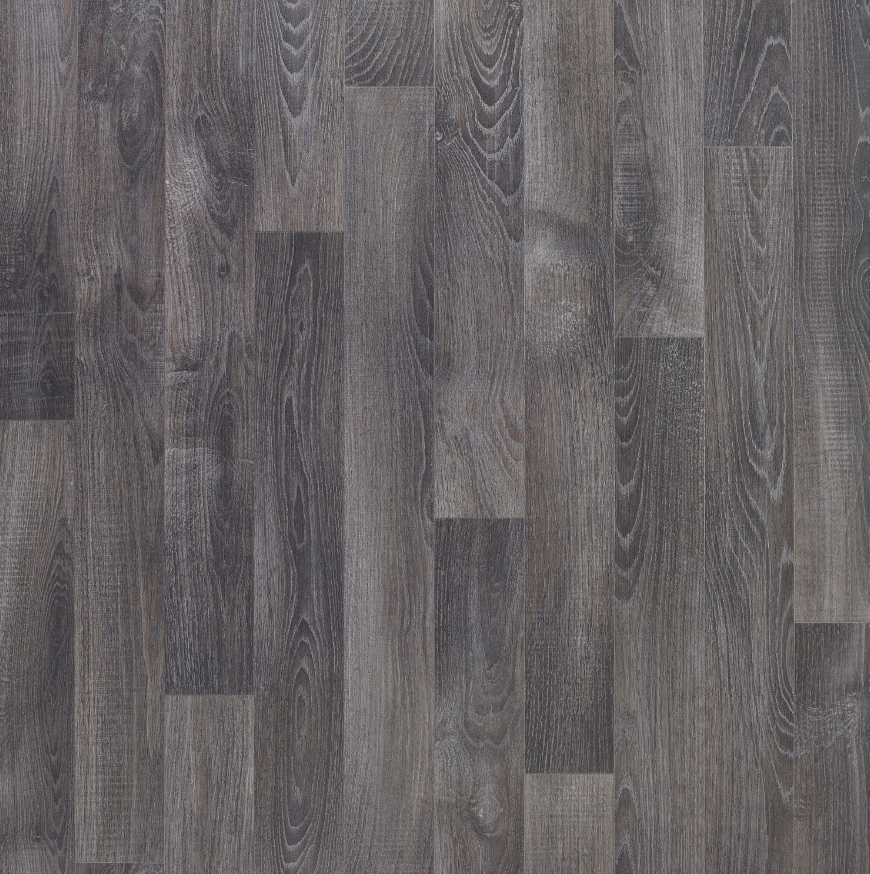
Virtual Fit
May - July 2018
Background
Shopping for clothes can be time consuming and challenging, especially for people with physical disabilities. In-store shopping can pose physical barriers, and online shopping often restricts a person’s ability to try clothes on before making a purchase. Virtual Fit aims to provide a new, accessible shopping experience in virtual reality so that people with disabilities can easily find clothes that fit and purchase them from the comfort of their own homes.
Role: Product Designer and Developer
Skills: Virtual Reality / Coding / Animation / UX & UI Design
Tools: Unity / C# / Adobe Fuse / Mixamo
After observing and being fascinated by robotic surgery during my first year of college, I was eager to learn more about technology and design that serves our most underserved populations. The following summer, I traveled to Cape Town, South Africa to study Virtual Reality with 15 other students and intern at a VR Startup called Tenebris Lab. After learning the basics of virtual reality development, I was challenged to build my own virtual reality experience. Inspired by my grandfather’s inability to easily walk and partake in strenuous family outings following a stroke, I chose to create an accessible virtual shopping experience, bringing my passions for design, technology, and social impact together.
Inspiration
Design
In order to design an immersive shopping experience in virtual reality, I first needed to design personalized characters and animate them to allow users to easily move and interact in the virtual interior environment. I used the Adobe Fuse computer graphic software to create my characters and Mixamo for the animation. The goal was to first design default models available to users, and later, allow users to create personalized models.
I first designed a default woman character with specific dimensions and clothing.
I then designed and added a default man to the character set.
Finally, I animated each of the characters to allow different movements including walking, squating, dancing, and remaining idle.
I then wanted to create a clean and cozy interior environment design to feel like a home dressing room. I drew inspiration from online images and 3D graphics of wooden floors, plants, furniture, and wall textures in various homes.




Development
Developing the shopping experience in virtual reality involved creating the interior environment, triggering different character animations at appropriate times, coding the outfit switch ability, and testing the application.
The virtual environment includes a mirror to simulate the in-person act of trying clothes on, bedroom furniture, and clean decor to make users feel as if they are in the comfort of their own home.
Finally, I provided additional capability for users to switch outfits and try on multiple pieces of clothing before testing the application for functionality.
I created logic for the character animations so that they move in humanlike ways. Characters always begin in an idle position before walking, squatting, picking objects up, or dancing.
Learnings
I love designing and developing technology. My experience with Virtual Fit inspired me to change my major to Computer Science and Engineering when I returned to campus for my second year to continue building my technology design and development skills.
Application and immersion are essential for my learning. I worked on various virtual reality tutorials before Cape Town. However, developing my first virtual reality experience and receiving guidance from my knowledgable VR professor provided invaluable learning.
Design and development are iterative processes. I progressed through many VR environment designs and continuously refined my developed features for a human-like experience before achieving an engaging, functional prototype.







